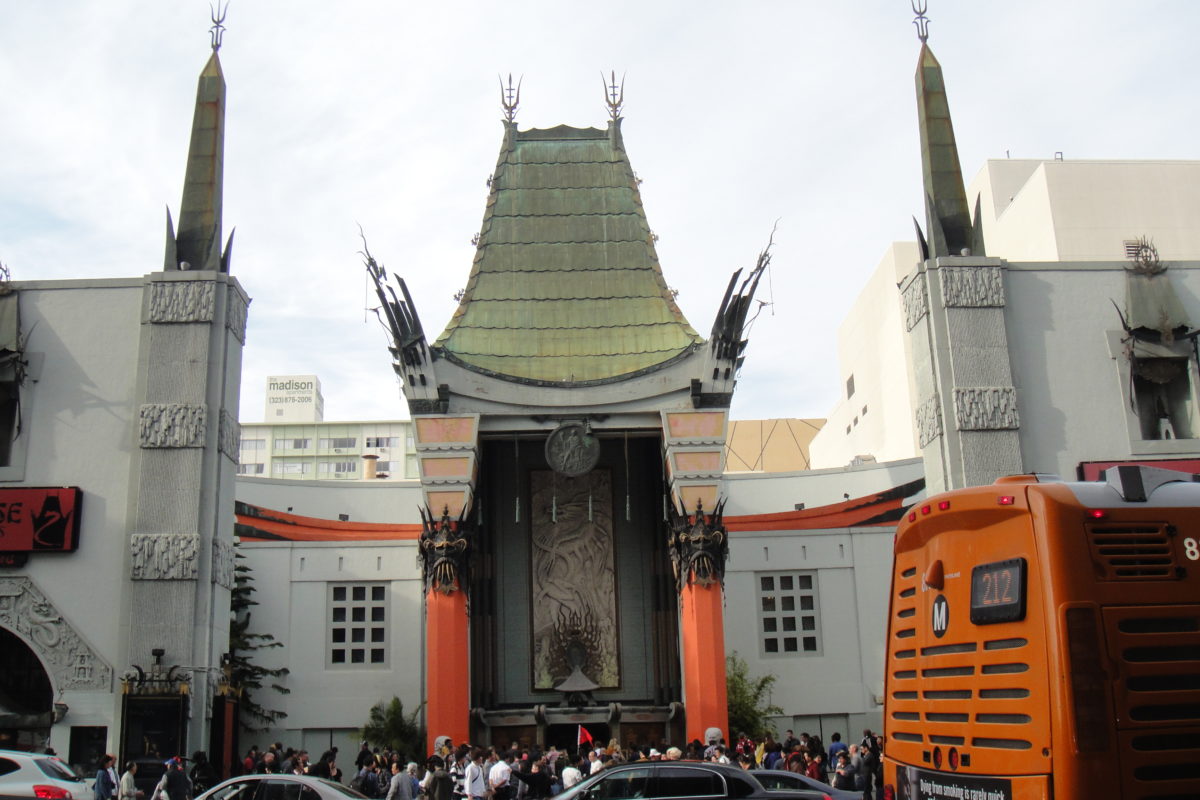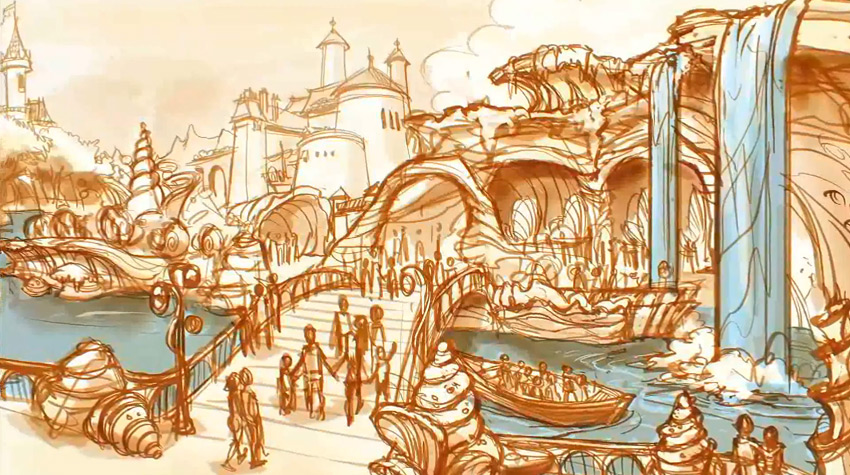Welcome aboard! My name is Kira, and I’ll be your guide here on this great movie diatribe. It’s the perfect job for me because I used to work in movies! But just between you and me this is no ordinary tour. Because here we’ll be taking a look a film editing techniques and seeing how they can be used to design theme parks and rides! Funky huh? Just please make sure to keep your hands, arms, and eyes in an ergonomic positions at all times.
Now that we’ve taken care of business. Let’s talk about me. Back before I started pursuing a career in themed entertainment design, I had another career ambition. For a very long time I wanted to be a film editor. (Yes ironic for a person who can’t cut anything out of a 7000 word article). I fell in love with the process of editing when I was a young teenager, went to film school, and had a fairly successful career working in all stages of the post production process – editing quite a number of short films, commercials, and a feature along the way. As such, I spent a lot of time studying editing theory and how, not to craft stories from scratch, but how to tell stories with existing pieces: spending a lot of time thinking about how to shape emotion through the use of pacing, perspective, music, etc. And as such I can’t help but approach the design of themed entertainment from within this framework. But it’s occurred to me that this might be a more novel perspective for many people interested in the discipline because while modern theme park design has its roots heavily planted in movie making – most current fans and people interested in designing it tend to have roots more in visual art, writing, technology, or general theme park fandom.
And I know what you’re thinking. “Editing? How is there any editing happening in a theme park? It’s all just one continuous environment!” To which I’d reply, “Well, only sort of.” The rules and theories behind editing actually apply to any sort of art form that’s experienced over a period of time. Editing is the study of how to best tell a story. And when you look at themed attractions in particular, there’s actually a lot of tools being used in ways remarkably similar to cutting together film. So what do you say? Is everybody ready?
Continue reading “Ready when you are CB: A Primer on Editing Technique for Themed Entertainment”

